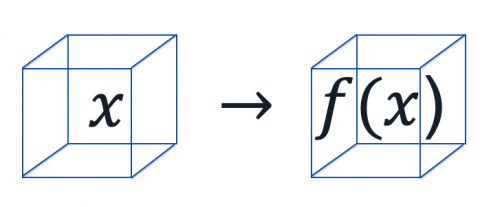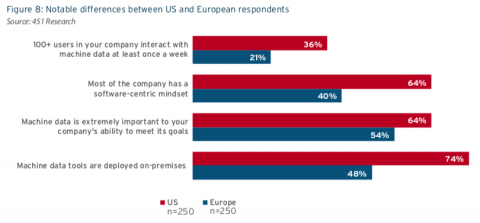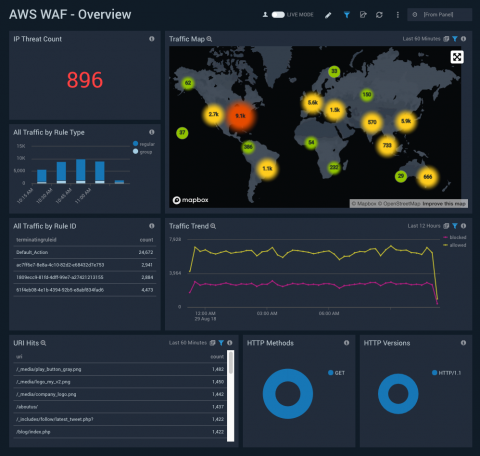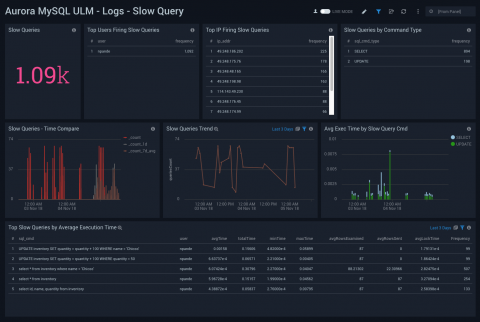Recapping the Top 3 Talks on Futuristic Machine Learning at Scale By the Bay 2018
As discussed in our previous post, we recently had the opportunity to present some interesting challenges and proposed directions for data science and machine learning (ML) at the 2018 Scale By the Bay conference. While the excellent talks and panels at the conference were too numerous to cover here, I wanted to briefly summarize three talks in particular that I found to represent some really interesting (to me) directions for ML on the java virtual machine (JVM).









